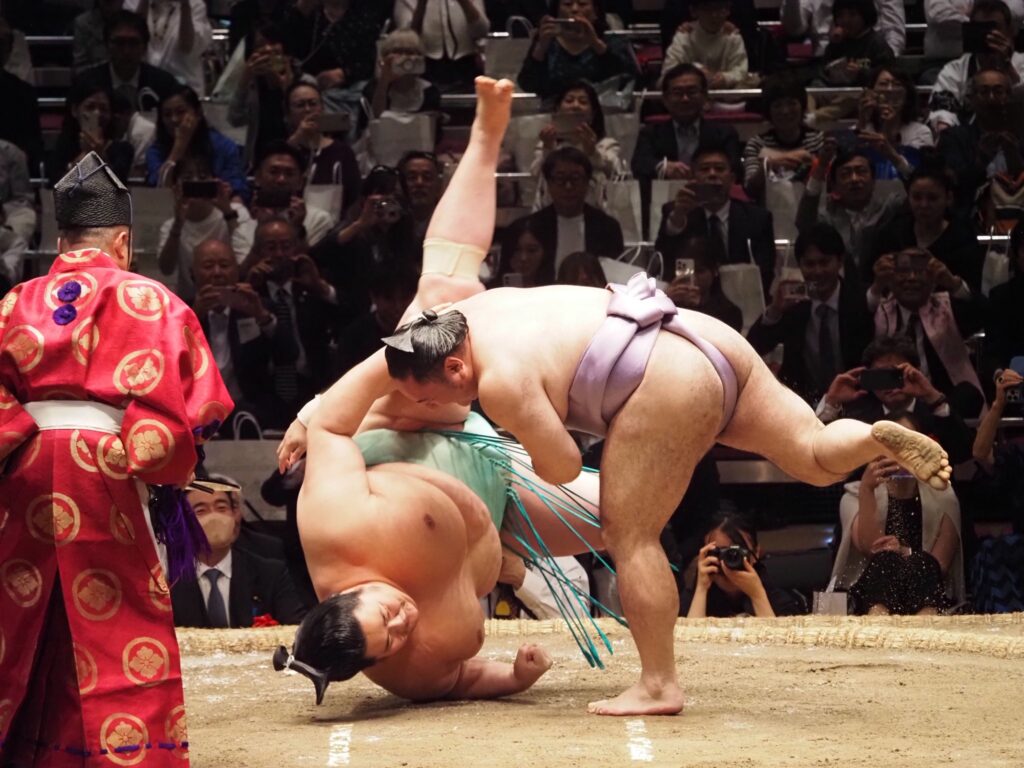
Sumo is more than just Japan’s national sport—it’s a living tradition that embodies strength, respect, and ritual. For travelers visiting Japan, watching a live sumo match (大相撲, ōzumō) is a once-in-a-lifetime experience.
Here’s your complete guide to understanding sumo, how to get tickets, and what to do if you miss the main tournaments.
A Brief History of Sumo
Sumo dates back over 1,500 years and has its origins in Shinto rituals performed to entertain the gods and pray for a good harvest. Over time, it evolved into a professional sport during the Edo period (1603–1868).
Even today, you’ll see the connection to Shinto in every bout—the salt thrown for purification, the stomping to drive away evil spirits, and the ceremonial ring (dohyō) itself, which is treated as sacred ground.
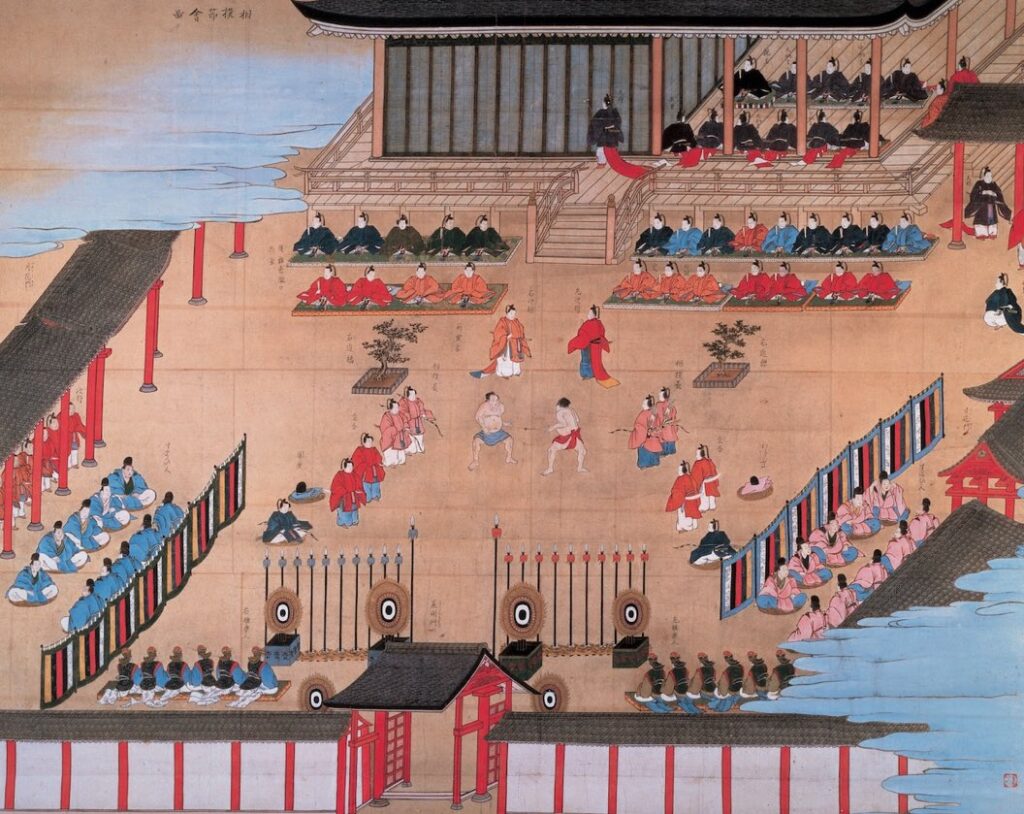
Basic Rules of Sumo
A sumo match might look simple, but it’s filled with deep meaning and technique.
Two wrestlers (rikishi) face off in a clay ring about 4.5 meters wide. The goal is to:
- Push your opponent out of the ring, or
- Make them touch the ground with any part of the body other than the soles of their feet.
Despite matches often lasting just a few seconds, the pre-bout rituals and psychological battles can be intense and fascinating to watch.
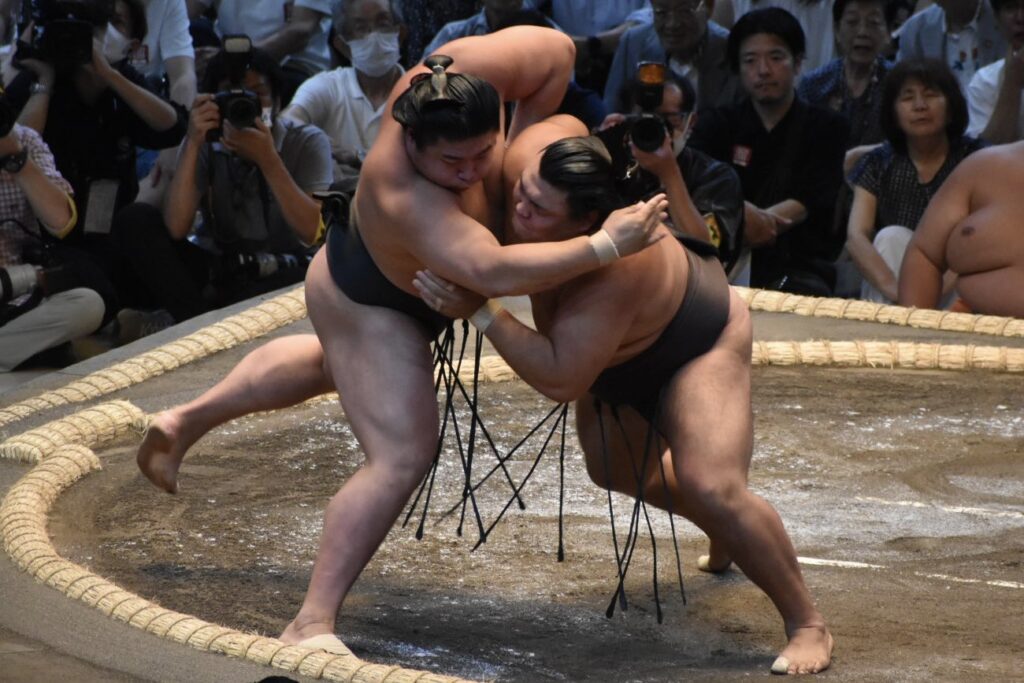
When and Where to Watch Sumo Tournaments
Japan’s official professional sumo tournaments (honbasho) are held six times a year:
| Month | Location | Venue |
|---|---|---|
| January | Tokyo | Ryogoku Kokugikan |
| March | Osaka | Edion Arena |
| May | Tokyo | Ryogoku Kokugikan |
| July | Nagoya | Dolphins Arena |
| September | Tokyo | Ryogoku Kokugikan |
| November | Fukuoka | Fukuoka Kokusai Center |
Each tournament lasts 15 days, with the final day (senshūraku) often being the most exciting.
How to Get Sumo Tickets
Tickets for the major tournaments can be purchased online through official sites such as:
- Japan Sumo Association
- Ticket Pia
- ePlus
- Voyagin or Klook (for English support)
Tip: Tickets sell out quickly—especially for the best seats (tamari-seki). If you can’t get one, upper-level seats (arena seats) or same-day tickets (limited numbers) are a good option.
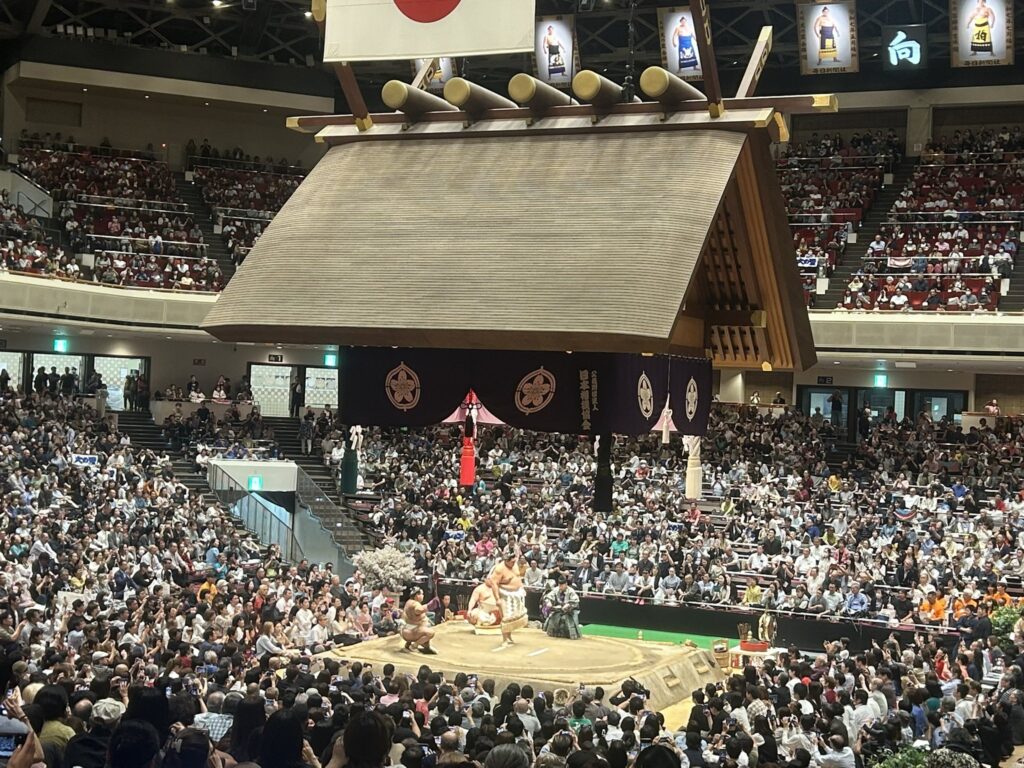
Didn’t Get a Ticket? Try a Sumo Experience or Stable Tour
Even if your trip doesn’t align with tournament season—or tickets are sold out—you can still experience the world of sumo up close!
Recommended experiences:
- 🥋 Sumo Demonstration & Lunch Experience in Tokyo
Try wearing a mawashi (sumo belt), learn basic moves, and even challenge a former rikishi.
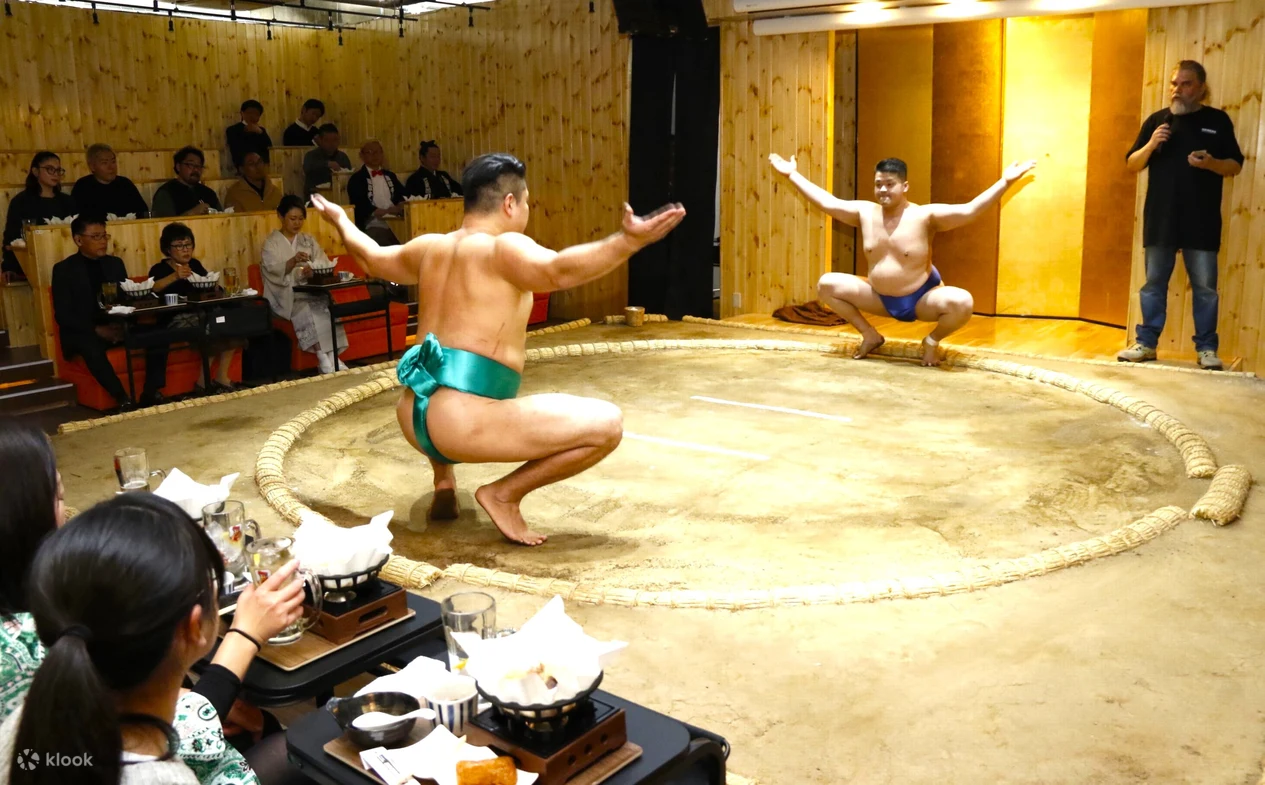
- 🥋 Sumo Stable Morning Practice Tour
Visit an actual heya (sumo stable) to watch wrestlers train at dawn. You’ll witness their dedication and discipline firsthand.
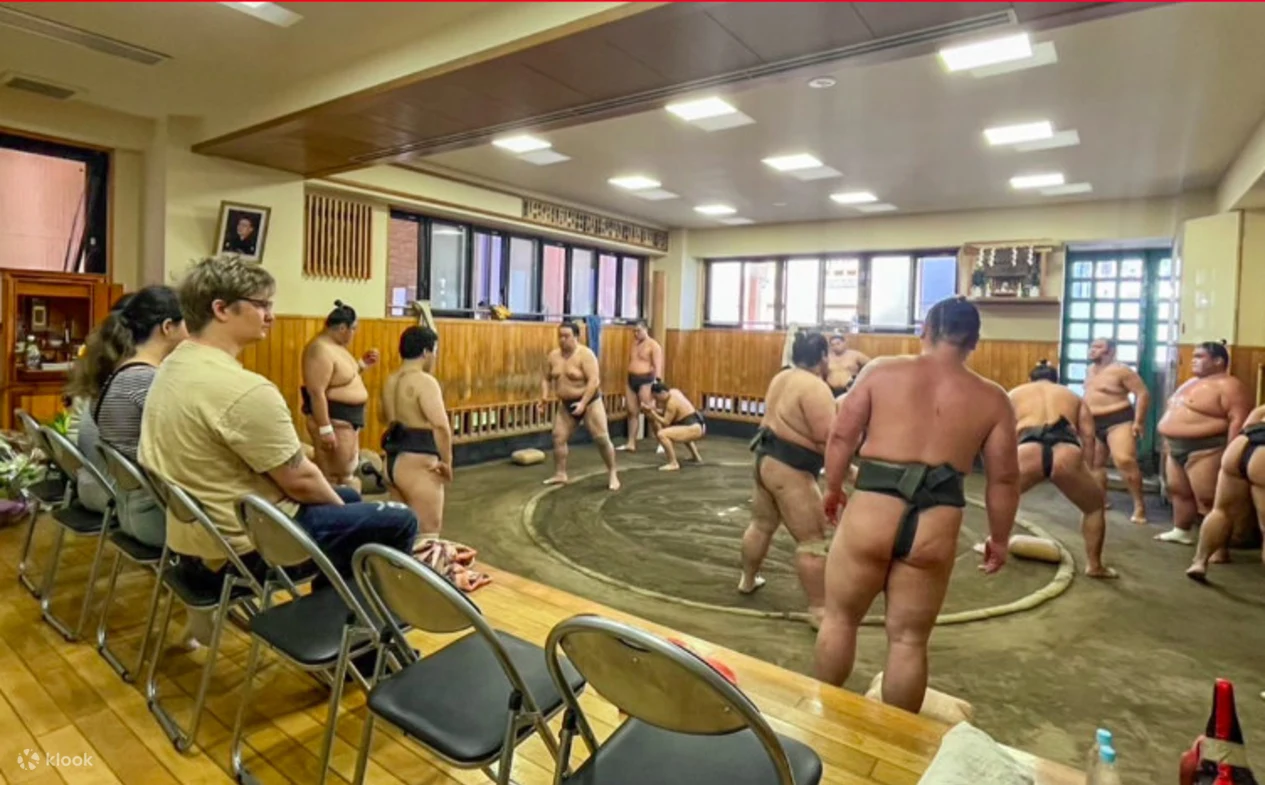
These tours often include English guides and are a great way to learn the sport’s spiritual side while capturing amazing photos.
Etiquette Tips for Visitors
- Be quiet during matches or practice.
- Do not use flash photography.
- Avoid entering or touching the dohyō.
- Always show respect—the wrestlers are revered figures.
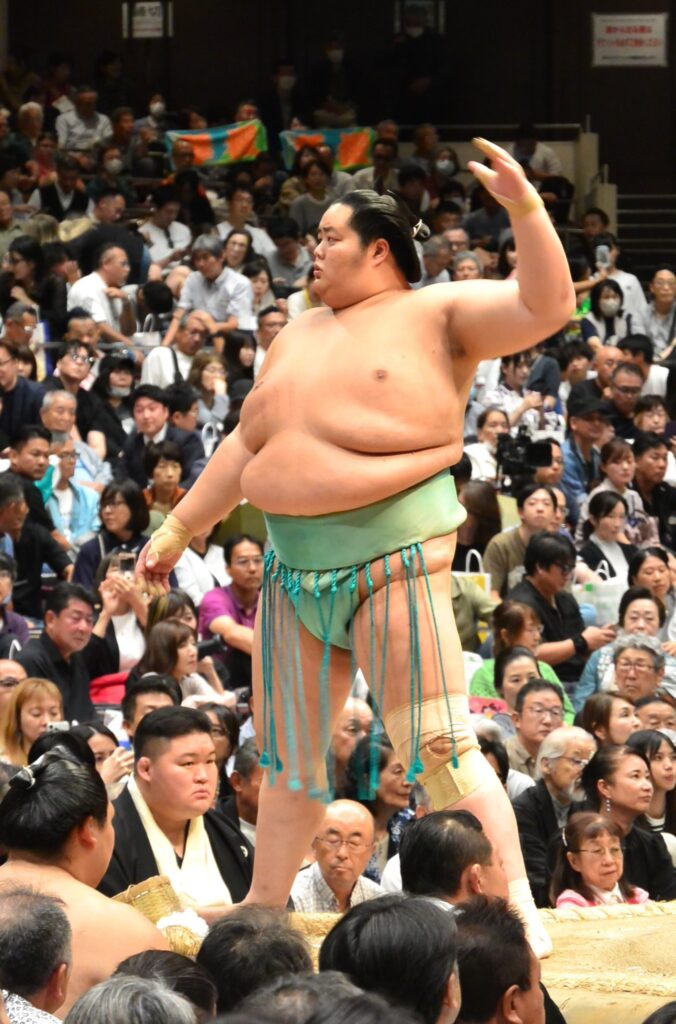
Final Thoughts
Sumo is not just about physical strength—it’s a reflection of Japan’s traditions, respect, and culture. Whether you watch a grand tournament in Ryogoku or visit a local sumo stable, you’ll gain a deeper appreciation of this ancient sport.
👉 Plan your sumo adventure today:
Alcoholic beverage Anime April Architecture August Autumn Building Capital Area Cherry blossom February Flower Izakaya Japanese food July Kinki kyoto Local ramen Manga March Nagoya Nature Nightlife Night view October Osaka Photogenic Pink Red Sakura September Shopping Shrine Souvenir Spring Station Summer Superb view Temple Tips Tohoku Tokai Tokyo Torii White Winter







